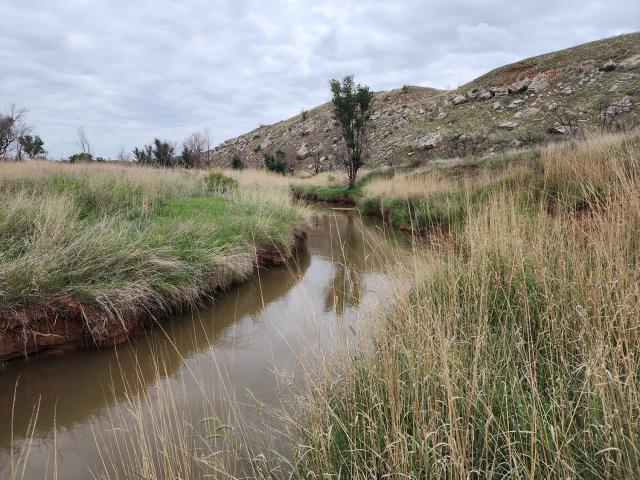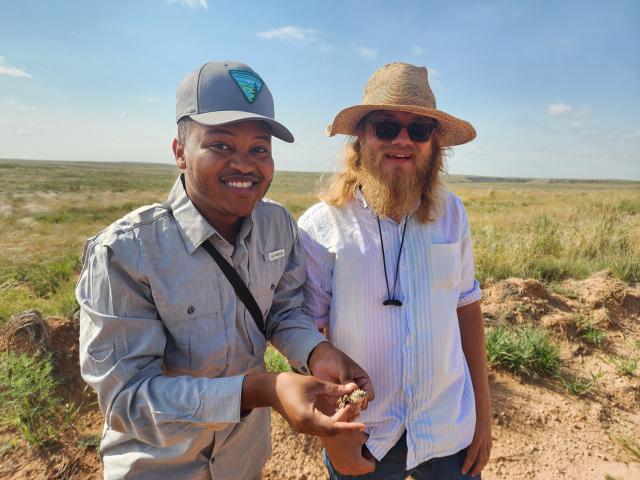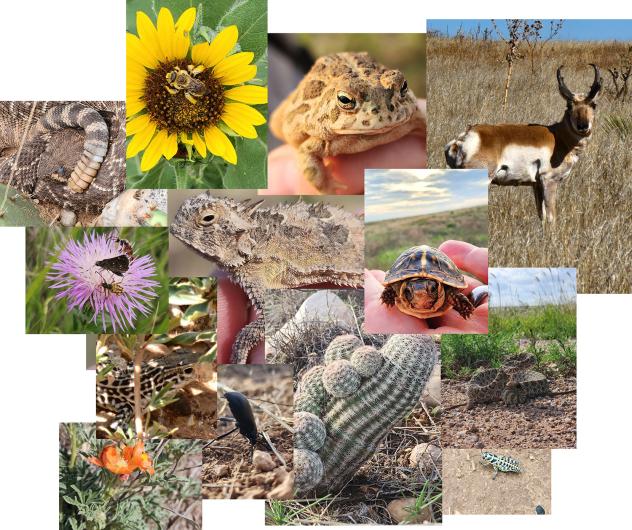Related Stories
- Lake Havasu Fisheries Improvement Program is the gift that keeps giving
- State of New Mexico officials honor BLM firefighters for Camp Fire response
- Building for birds: Scouts support public lands
- Partnership drives ongoing habitat restoration in Muddy Creek watershed
- Oklahoma Field Office staff teach Petroleum Engineer Technician course
Office
201 Stephenson Parkway
Suite 1200
Norman, OK 73072
United States
Phone:
Email:




